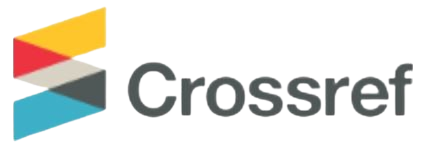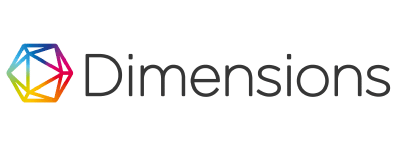Grouping of Student Achievement Based on Student Names in Class VII of SMPN 28 Sarolangun Using the K-Means Clustering Method
DOI:
https://doi.org/10.24036/jtip.v18i2.967Keywords:
K-Means, Elbow Method, Clustering, Student AchievementsAbstract
Although the selection of outstanding students is important to provide awards and recognition for student achievement, the methods currently used by schools are not optimal. The process often takes a long time and requires a lot of manpower to collect and process student data, which can ultimately disrupt daily school operations. This study aims to identify outstanding students in class VII at SMP 28 Sarolangun using the clustering method with the K-Means algorithm. This type of research is quantitative research. The method used in this study is K-Means Clustering , with the determination of the optimal number of clusters using the Elbow Method. The results of the study obtained a grouping of students into four clusters, including Cluster 1 with 10 students (15.2%), Cluster 2 with 16 students (24.2%), Cluster 3 with 25 students (37.9%) and Cluster 4 with 15 students (22.7%). From the resulting Elbow graph, the elbow point is seen at the value of K = 4, which indicates that four clusters are the most effective and efficient number to separate student data into meaningful groups .
References
M. Triandini, S. Defit, and GW Nurcahyo, "Data Mining in Measuring the Level of Student Activeness in Participating in the Learning Process at SMP IT Andalas Cendikia," 2021.
I. Budiningsih and TS Dinarjo, "Hard Skill Versus Soft Skill in Achieving Employee Performance in Jakarta Mass Rapid Transit (MRT) Infrastructure Project," Akademika: Jurnal Teknologi Pendidikan, vol. 9, no. 02, 2020.
O. Ubaydillah, "Teacher's Efforts in Inculcating Soft Skills and Hard Skills of Students in Learning Moral Beliefs in Madrasah Aliyah Negeri Malang. Thesis Islam Negeri University," 2019.
Z. Fahmi and D. Faradika, "Decision Support System for Selecting Outstanding Students: Profile Matching Method," Journal of Technology and Business Information, vol. 1, no. 1, pp. 30-37, 2019.
MR Seran, "Information Technology Forming Multiplier Effect in Corporate Business," Of Management, vol. 3, no. 2, pp. 263-274, 2016.
R. Nainggolan and E. Purba, "The Cluster Analysis of Online Shop Product Reviews Using K-Means Clustering," Data Science: Journal of Computing and Applied Informatics, vol. 4, no. 2, pp. 111-121, 2020.
SN Arofah and F. Marisa, "Application of Data Mining to Find Out Students' Interest in Mathematics Lessons Using the K-Means Clustering Method," JOINTECS Journal of Information Technology and Computer Science, vol. 3, no. 2, p. 229, 2018.
RP Kurniawan and Ferdiansyah, "Implementation of K-Means Clustering Algorithm to Group Students Based on Academic Scores at SMPN 207 SSN," in Proceedings of the National Seminar of Students of the Faculty of Information Technology (SENAFTI) , 2023.
E. Saputra and Y. Natali, "Analysis of Student Grade Data Clustering to Determine High Achieving Students Using the K-Means Clustering Method," Journal of Information Systems and Informatics, vol. 3, no. 3, pp. 424-439, 2021.
N.A. Maori and E. Evita, "Elbow Method in Optimizing the Number of Clusters in K-Means Clustering," Journal of Mechanical, Electrical, and Computer Science Engineering, vol. 14, no. 2, pp. 277-288, 2023.
Dony Novaliendry, Tegar Wibowo, Noper Ardi, Tiolina Evi, and Dwi Admojo, “Optimizing Patient Medical Records Grouping through Data Mining and K-Means Clustering Algorithm: A Case Study at RSUD Mohammad Natsir Solok”, Int. J. Onl. Eng., vol. 19, no. 12, pp. pp. 144–155, Aug. 2023.
Ikotun, Abiodun M., Absalom E. Ezugwu, Laith Abualigah, Belal Abuhajja, and Jia Heming. “K-means clustering algorithms: A comprehensive review, variants analysis, and advances in the era of big data.” Information Sciences 622 (2023): 178-210.
Prastybudi, Wahyu Andy, Amalia Nur Alifah, and Arliyanti Nurdin. “Segmenting the higher education market: An analysis of admissions data using k-means clustering.” Procedia Computer Science 234 (2024): 96-105.
Wang, Pengxu. “Archive Information Management System Based on K-Means Clustering with Elbow Method.” In 2025 3rd International Conference on Integrated Circuits and Communication Systems (ICICACS), pp.1-6. IEEE, 2025
Novaliendry, D., Permana, A., Dwiyani, N., Ardi, N., Yang, C.H., Saragih, F.M. (2024). Development of a semantic text classification mobile application using TensorFlow Lite and Firebase ML Kit. Journal Européen des Systèmes Automatisés, Vol. 57, No. 6, pp. 1603-1611. https://doi.org/10.18280/jesa.570607
Dony Novaliendry, Ahyanuardi, Irma Yulia Basri, Marthen Dangu Elu Beily, Fadhillah Majid Saragih, and Insan Matin Hanif, “Implementation of the Junior Mobile Programmer Professional Competency Certification Assessment Model”, Int. J. Interact. Mob. Technol., vol. 18, no. 21, pp. pp. 74–87, Nov. 2024.
S. . Subbarayan and H. G. Gunaseelan, “A Review of Data and Document Clustering pertaining to various Distance Measures”, Salud, Ciencia y Tecnología, vol. 2, p. 194, Dec. 2022, doi: 10.56294/saludcyt2022194.
R. Radha, N. Radha, R. Swathika, N. Poongavanam, and S. Mishmala, “Time Series Analysis of Clinical Dataset Using ImageNet Classifier”, Salud, Ciencia y Tecnología, vol. 4, p. 837, Apr. 2024, doi: 10.56294/saludcyt2024837.
J. Albert Mayan, S.V. Manikanthan, Azham Hussain, S. Nithyaselvakumari, and A. Vinnarasi, “Clustering Technique for Mobile Edge Computing To Detect Clumps in Transportation-Related Problems”, Int. J. Interact. Mob. Technol., vol. 17, no. 04, pp. pp. 47–63, Feb. 2023.
F. AlZyoud, M. Tarawneh, A. Almaghthawi, and A. Altalidi, “A New Approach for Cluster Head Selection in Wireless Sensor Networks”, Int. J. Onl. Eng., vol. 20, no. 09, pp. pp. 39–50, Jun. 2024.
Downloads
Published
How to Cite
Issue
Section
License
Copyright (c) 2025 Jurnal Teknologi Informasi dan Pendidikan

This work is licensed under a Creative Commons Attribution-ShareAlike 4.0 International License.

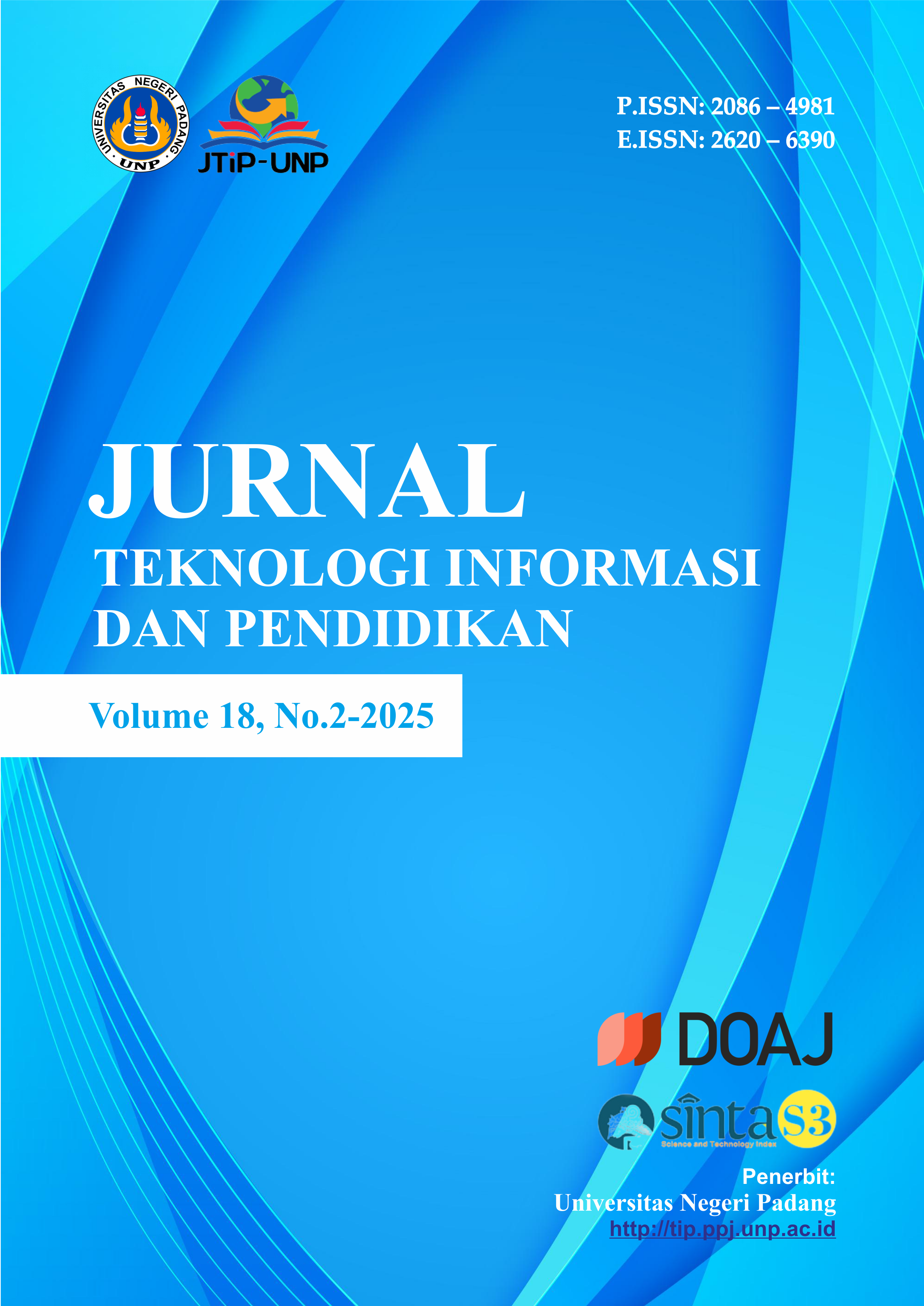

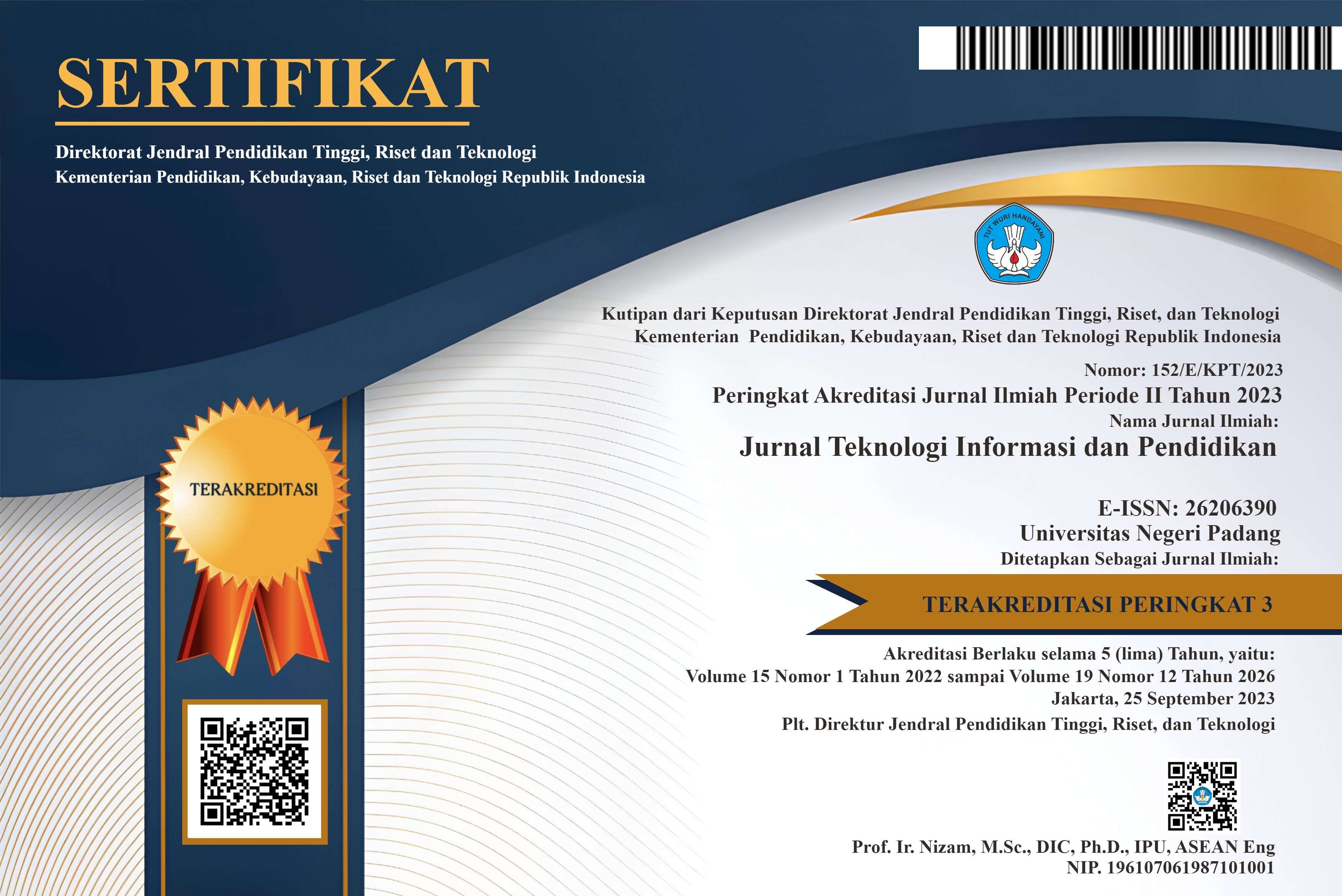






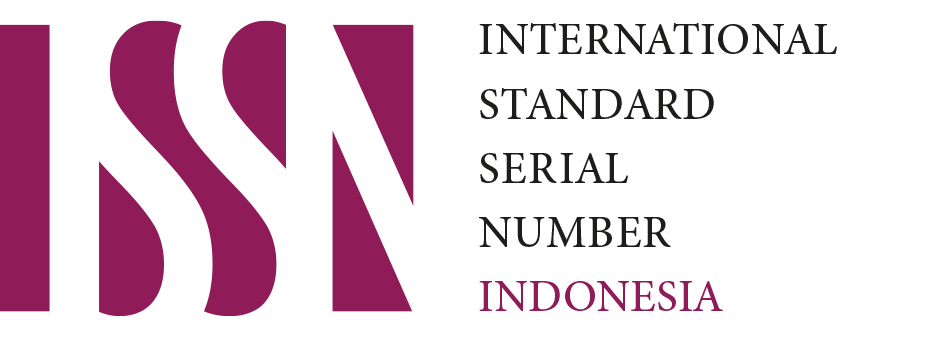


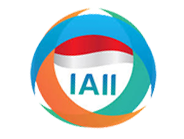

.png)



